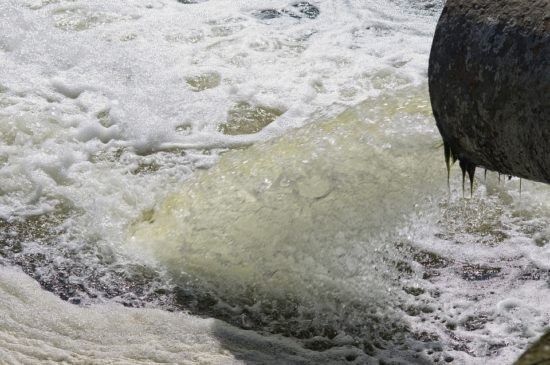ANTIMICROBIAL RESISTANCE IN THE ENVIRONMENT
Antimicrobial resistance (AMR) is one of the most significant threats to society. The One Health approach considers all aspects of AMR including clinical, farmed and ‘natural’ environments. However, the natural environment (for example, rivers and streams), though heavily impacted by human activities, is still the least well studied.
For example, 11 billion litres of wastewater are treated every day in the UK. Wastewater contains active antimicrobial compounds such as antibiotics, which can promote the evolution of AMR. Research has shown that these low concentrations of antibiotics are enough to increase levels of AMR in laboratory experiments. Our research with AstraZeneca has gone further to show that this occurs in complex communities of bacteria derived from sewage and that low, environmentally relevant concentrations of one clinically important antibiotic can even increase levels of AMR to the same extent as clinically relevant concentrations [1].
This evidence demonstrates the environment is important, but the release of antibiotics and antimicrobials into the environment is not currently regulated. Regulation requires evidence that antibiotics at environmental concentrations pose a risk, but current experimental methods only look at the toxicity risk antibiotics pose to aquatic organisms, rather than focusing on AMR.
AMR NEWS
Your Biweekly Source for Global AMR Insights!
Stay informed with the essential newsletter that brings together all the latest One Health news on antimicrobial resistance. Delivered straight to your inbox every two weeks, AMR NEWS provides a curated selection of international insights, key publications, and the latest updates in the fight against AMR.
Don’t miss out on staying ahead in the global AMR movement—subscribe now!






